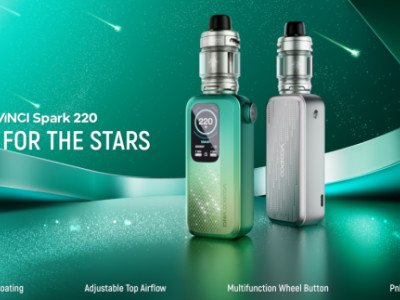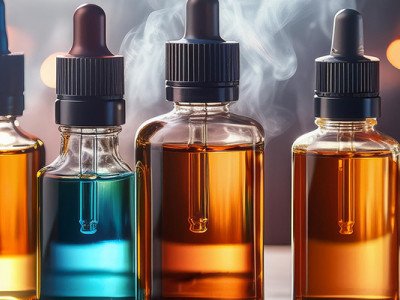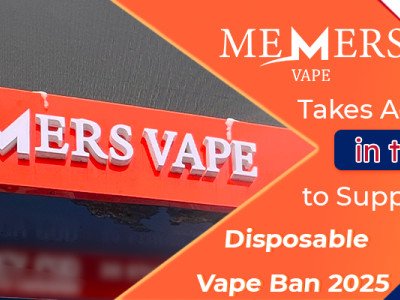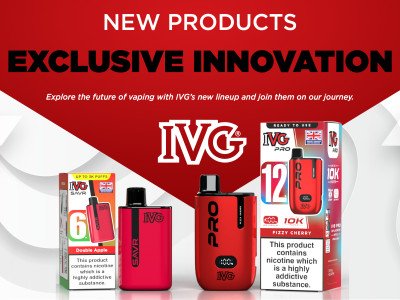The MJA research (by Chivers, Janka, Franklin, Mullins, and Larcombe) states: “The thousands of available e-liquids contain various excipients, nicotine, flavourings, and other additives. There is little to no regulation of their manufacture, and potentially dangerous ingredients and incorrect nicotine levels have been identified.”
The statement is partially true. While there are restrictions and testing in place in certain countries, Australia’s approach to tobacco harm reduction has left the door open for those with lax standards to ply their trade.
The team claim to have purchased ten samples of “nicotine-free” liquids and states it was surprised to discover the presence of nicotine in six of them – at claimed levels of 1.3, 1.4, and 2.9 mg/mL.
In addition, the team discovered levels of:
- 2-chlorophenol
- 2-amino-octanoic
- Hexadecanoic acids
- Octadecanoic acids
“2-Amino-octanoic acid is a metabolite occasionally found in mammalian blood, urine, and faeces; its presence may indicate contamination by biological substances during manufacture,” they write.
The paper’s lead author, Professor Larcombe, said: “The real take-home message here is that people are buying these liquids unaware of what's in them, and there's no way they can tell based on what the label says.”
ATHRA has been quick to point out that this is a matter of poor quality control and the levels do not present a high level of risk: “Although harmless on this occasion, the contamination by nicotine indicates poor quality control and production standards, as expected in an unregulated black market. These e-liquid solutions could have been mixed in someone's kitchen sink with the same utensils used to make nicotine e-liquid, without any care or expertise.”
The organisation questions the claimed levels of nicotine detected: “The study authors state that the nicotine found has 'important implications for addiction and health'. Nicotine levels were 0%, 0%, 0%, 0%, 0.05%, 0.05%, 0.09%, 0.13%, 0.14%, 0.29%.”
“Smokers and vapers are used to much higher nicotine levels. The average nicotine concentration used by vapers is around 1.2%, although commercial products can be as strong as 5.9%. In our view: These levels are trivial and unlikely to have any significant biological or harmful health effects. The 0.29% nicotine level found in one sample may have a minor effect at large volumes, for example a raised heart rate, but that would be unlikely to be of any health importance.”
Regarding the presence of other contaminants, ATHRA adds: “Merely finding a chemical in the liquid is not necessarily a concern. The toxicity of any chemical depends on the dose and the level at which it becomes toxic. The dose of 2-chlorophenol was not measured in this study and there is no recognised safety limit for the chemical. Other studies have found that the doses of chemicals in vapour are very low and are generally below the levels regarded as unsafe for occupational exposure.”
“Any assessment of risk from low dose contaminants in vapour should always be compared to the far higher risk from the toxins in tobacco smoke. Tobacco smoke contains over 7,000 chemicals and toxins including 70 known carcinogens. Most of these are absent from vapour and those that are present are at much lower levels.”
Fundamentally, ATHRA believes the findings confirm its belief that e-liquid should “be legalised and regulated so that quality and safety standards can be enforced”.
Resources:
- “Nicotine and other potentially harmful compounds in nicotine-free e-cigarette liquids in Australia” by Chivers, Janka, Franklin, Mullins, and Larcombe - https://www.mja.com.au/journal/2019/210/3/nicotine-and-other-potentially-harmful-compounds-nicotine-free-e-cigarette
- “Australian study shows the need to regulate vaping products” by ATHRA - https://athra.org.au/australian-study-shows-the-need-to-regulate-vaping-products/
Dave Cross
Journalist at POTVDave is a freelance writer; with articles on music, motorbikes, football, pop-science, vaping and tobacco harm reduction in Sounds, Melody Maker, UBG, AWoL, Bike, When Saturday Comes, Vape News Magazine, and syndicated across the Johnston Press group. He was published in an anthology of “Greatest Football Writing”, but still believes this was a mistake. Dave contributes sketches to comedy shows and used to co-host a radio sketch show. He’s worked with numerous start-ups to develop content for their websites.
Join the discussion
Harm Reduction For The Rich
The United Kingdom risks becoming a harm reduction country only for the wealthy, according to Michael Landl of the World Vapers’ Alliance
CAPHRA Highlights Tobacco Control Flaws
The Coalition of Asia Pacific Tobacco Harm Reduction Advocates highlights the flaws in tobacco control which has led to the rise of black market in Australia
A Missed Opportunity at COP10
The Smoke Free Sweden movement says that COP10 was a missed opportunity to save millions of lives
COP10: Promote Tobacco Harm Reduction
Experts with Smoke Free Sweden are emphasising the urgent need for a Tobacco Harm Reduction approach at COP10












